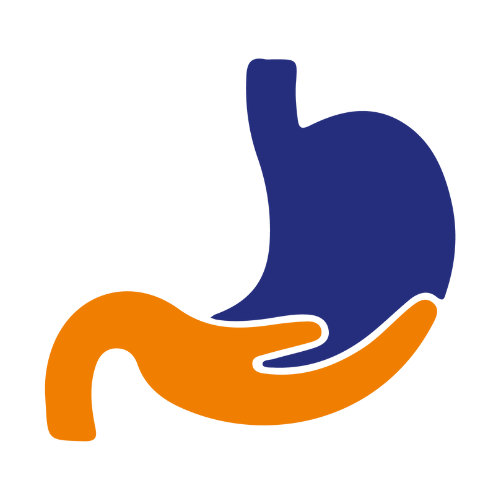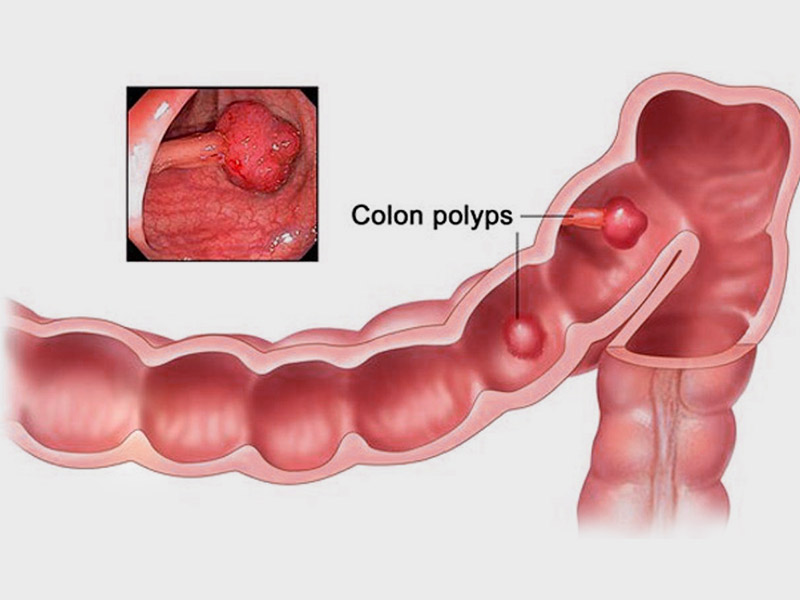Colonic Polyps
Colonic polyps refer to a cluster of cells formed along the lining of the large intestine. Generally, colon polyps is harmless. However, over a period of time, it may develop into colon cancer which is often life threatening.
What are the Symptoms?
In most cases, there are no signs or symptoms for colon polyps. However, some patients may show the following signs:
-
- Rectal bleeding
- Change in stool colour
- Constipation or Diarrhoea
- Pain in the abdomen
- Iron Deficiency
What are the Causes?
Healthy cells grow and divide in an orderly way. Mutations in certain genes can cause cells to continue dividing even when new cells aren’t needed. In the colon and rectum, this unregulated growth can cause polyps to form. Polyps can develop anywhere in your large intestine.
There are two main categories of polyps, nonneoplastic and neoplastic.
- Nonneoplastic polyps include hyperplastic polyps, inflammatory polyps and hamartomatous polyps. Nonneoplastic polyps typically do not become cancerous.
- Neoplastic polyps include adenomas and serrated types. These polyps have the potential to become cancer if given enough time to grow. Most of these colon polyps are called adenomas.
- Serrated polyps may also become cancerous, depending on their size and location in the colon. In general, the larger a polyp, the greater the risk of cancer, especially with neoplastic polyps.
How is it Diagnosed?
Screening tests play a key role in detecting polyps before they become cancerous. These tests can also help find colorectal cancer in its early stages, when you have a good chance of recovery.
Screening methods include:
- Colonoscopy is procedure in which a camera is inserted with the help of a thin tube through the anus. This allows the doctor to get a clear view of the rectum & colon. The doctor can either remove the colon polyp if he finds one, or collect a sample tissue for analysis
- Sigmoidoscopy is procedure similar to colonoscopy. However, it cannot be used to take a sample of the tissue. If a colon polyps is found, a colonoscopy will have to be scheduled to remove it.
- Barium Enema: Liquid barium is injected into the rectum before taking an X Ray.
- CT Colonography, also known as virtual colonoscopy uses a CT scan to construct images of the colon and rectum.
- Stool test: This test will show if a patient has blood in the stool which is indicative of a polyp.
What are the Risk Factor?
Certain factors that tend to increase a person’s risk of developing colon polyps are:
- Age – People above the age of 50 are susceptible to developing this disease
- Family History – It is more likely for a person to develop colon polyps if his or her parent or sibling has it
- Obesity & Sedentary lifestyle – People who are obese and do not involve in any form of physical activity are at a higher risk of developing this condition.
- Excessive alcohol consumption & Smoking
- Inflammatory Bowel Disease – Patients with ulcerative colitis or crohn’s disease tend to develop colon polyps
- Uncontrolled Diabetes put you at risk for multiple complex diseases, one of which is colon polyps
How is it Treated?
Treatment options may include:
- Polypectomy is a process that involves removal with forceps or a wire loop
- Minimally invasive surgery may be used in cases where polyps are large
- Total Proctocolectomy involves surgical removal of colon & rectum.

